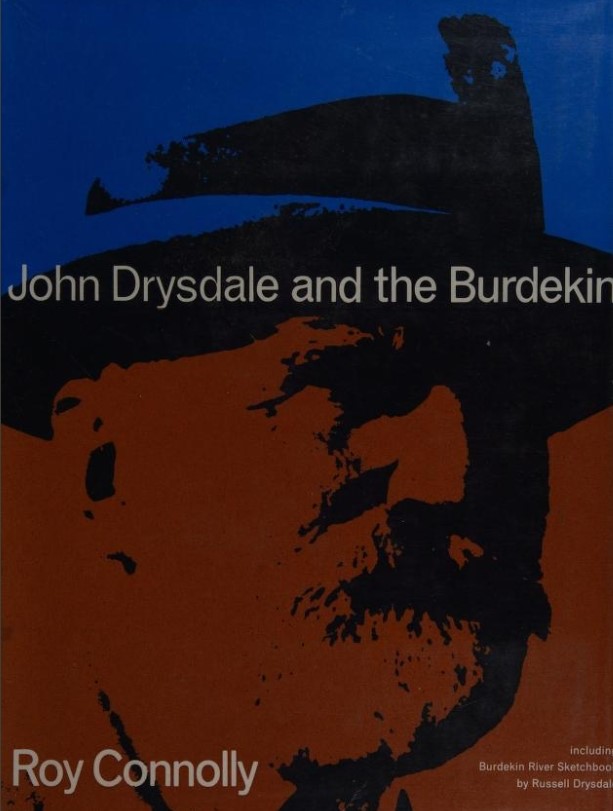Roy Connolly, John Drysdale and the Burdekin (1964)
When Robert Menzies retired in 1966, he noted that maintaining a strong coalition with the Country Party was one of his proudest political achievements, alongside the formation of the Liberal Party itself. But that does not mean that he wanted the parties to be indistinguishable from each other – in fact the first step he made on the path towards founding the Liberal Party and winning office in 1949, was to break away from the intimate entanglement of the Country Party with the Liberals’ predecessor in the United Australia Party.
When Menzies resigned as a UAP prime minister in late August 1941, the Coalition continued in office under the leadership of Country Party Leader Arthur Fadden. A unique arrangement, made necessary by the circumstances of the war and the deep divisions within the UAP. Menzies himself accepted this arrangement, but once the Coalition lost office some 40 days later when two independents crossed the floor to support the Labor Opposition, Menzies thought that the UAP should go its own way and do some serious soul searching as to what it stood for.
Indeed, Menzies resigned the leadership of the UAP (which he had kept even while he was no longer PM) specifically to remove ‘any question of personality as between himself and Mr. Fadden and to leave the UAP free to decide, without regard to individuals, whether it should become the official Opposition or combine with the Country Party’. But even when it was no longer a direct choice between Menzies and Fadden, the UAP decided to continue its close coalition with the Country Party including leaving Fadden as Leader of the Opposition. Opting to elect a new UAP leader in Billy Hughes, who not only supported this arrangement but whose advanced age signified that it was virtually guaranteed to continue until he was replaced.
Over the course of 1942 and into 1943, Menzies grew increasingly frustrated that Hughes refused to call stand-alone UAP party room meetings, and instead opted to rely almost exclusively on joint Opposition meetings, leaving the UAP with little scope to distinguish its own character. And when the Fadden-Hughes combination led the Opposition to an electoral disaster at the 1943 election, Menzies made it a central pillar of the platform on which he then contested the UAP leadership, that the UAP should take up the mantle of the official Opposition for itself. As he put it in one of his ‘Forgotten People’ radio broadcasts delivered immediately after his election:
‘In the last Parliament, after the Curtin Government came into office, there was an arrangement between the U.A.P. and the Country Party under which a Joint Opposition existed under Mr. Fadden’s leadership. This arrangement is now terminated by mutual consent and quite harmoniously – as Wednesday’s Party meetings showed. This does not mean, that the Opposition has commenced by an act of disunity. All that it means is that each Opposition Party feels that it can render its best service to Australia by developing its own particular character and individuality’
That ‘character and individuality’ would prove to be a revival and re-articulation of the time honoured tradition of Australian liberalism, with its emphasis on the freedom, opportunity development, and enterprise of the individual. A tradition stretching back before the birth of Australian democracy, and one with such deep cultural roots that it has an immense power to resonate with the electorate – when presented purposefully, in a policy platform that coherently embodies its principles.
The Country Party itself had (and has) roots that were deeply set in Australian history and culture, and particularly the pioneering mentality needed to tame the bush and underpin Australian prosperity. But they were somewhat more niche or ‘sectional, as is well-captured in Arthur Fadden writing the foreword to John Drysdale and the Burdekin. A biography of a man who helped to pioneer Queensland’s sugarcane industry, which demonstrates the direct crossover between the Country Party and specific rural enterprises:
‘Having been born in one major canegrowing and milling district on the Herbert River, at Ingham, I was schooled and brought up in another, Mackay. Throughout my adult fife I have maintained intimate contact with the industry. Its interests are still near my heart and mind.’
You might also like...
Sign up to our newsletter
Sign up for our monthly newsletter to hear the latest news and receive information about upcoming events.


